Chemical Termite Barrier, Baiting System and Physical Termite Barriers.
There is an ongoing debate right now in the pest control industry as to whether or not Chemical Termite Barriers or Termite Baiting Systems and Physical Systems (Termi Mesh, Kordon ) is the better option for White ant Protection. These are three extremely popular termite protection systems and can bring about some rather interesting debates as to which is the most effective one. Here we will go through explaining the major differences between Termite Baiting System Vs Chemical Termite Barrier vs Physical Termite Systems.
Termite Baiting Systems.
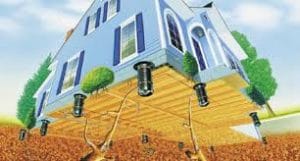
There are two different types of baiting systems one being a monitoring and baiting system. These systems are checked at regular intervals and bait being applied once termites are found. The other type is called Always active, where it has the termite bait already in the stations.
Termite monitoring and Baiting System Termite Protection.
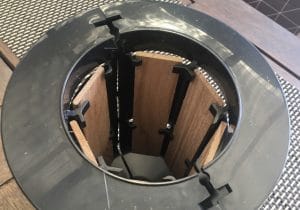
Termite monitoring and Baiting System is made up of a series of bait stations surrounding the perimeter of your home. They are set out at no more than 3 meters apart. These stations contain thin sleeves of timber which are favourable to termites. The baiting system requires regular monitoring, usually 4 to 6 weekly intervals during warmer months and up to 3 monthly during the colder months. As termites slow down during this period. Once termite activity is found, the bait is then added to the Station for the termites to feed on.
The Bait How does it work.
The bait consists of pure cellulose and the active ingredient ( Chlorfluazuron or hexaflumuron ) which is an Insect Growth Regulator . What this does it inhibits the growth of Chiton the insects exoskeleton and once the termite sheds this it can’t grow it back. So termites being social and rely on the worker termites to feed the colony, it is spread throughout the colony and the colony can’t sustain itself and is eliminated. The whole process can take a few months but damage caused to your home is limited due to the fact that the termites can only feed on the bait once they start as the termites mandibles become soft.
Termite Baiting Always Active ( Sentricon) Termite Barrier Protection.
The always active system is active from day one and is preferred by some Pest Control Companies. The system is almost identical to the other systems on the market except the bait is always present in the stations and active ingredient works almost the same way as the other baits. When treating termites it is always advisable not to disturb them as much as possible.
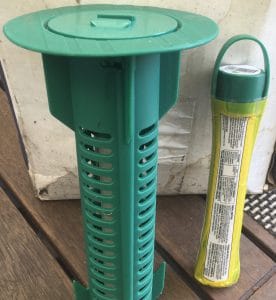
Termite Baiting is claimed to be the safest option out there and less invasive. However is it the right fit for your house? Well the answer is yes but there are some companies only choose to use these systems when they can’t guarantee that a chemical barrier system will protect your home.
Chemical Termite Barriers Termite Barrier Protection.
The chemical barrier system ( now called Termite Management Systems) is the most widely used termite protection system used post construction ( after the house is built ). Chemical systems were the original termite protection for homes in Australia and were used before construction. In the early days and even up to 2000. All soil areas under and surrounding the home were drenched in highly toxic, repellant and dangerous chemicals to help protect the homes from termite attack. This became a legal requirement as termites were becoming a major problem.
The building industry was required to do this if the house was to be certified by councils. Luckily for us these chemicals have been banned from use as they cause all sorts of health and environmental issues. So with technological advances safer chemicals were developed. Initially with the new technology it needed to be improved which has been the case and the chemicals we use today are far superior to the old toxic chemicals.
This technology has actually become that good termites can’t even detect some of the chemicals in the soil. Additionally it is transferable and have insect growth regulators. Which in turn can eliminate whole termite colonies. The old type were purely repellent types and only killed the termites that came in contact with it.
Avoid repellant type Chemicals:
Some of the alternative chemicals have a strong repellency action to try and stop foraging termites from gaining access to your home. Repellant type chemicals are less effective, as termites can detect the chemical and avoid it and move around the treated areas, looking for a break in the treated area to gain entry into your home. With new construction you cannot use a chemical system unless it can be renewed and it is proved it can last at least 50 years. So almost all now use physical types like Termi mesh or Kordon.
External Perimeter Treatment Installation.
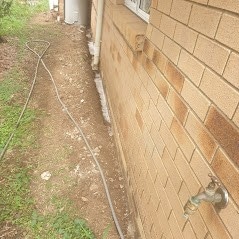
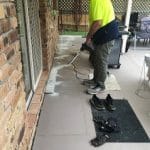
The Chemical Termite Barrier.
This is a chemical termiticide that is mixed with soil surrounding your home all the way down to below the top of the footings. Some customers favour this even though it’s a chemical treatment because it’s a continuous treatment around the dwelling. Giving them the feeling of better protection. Although much more invasive to install, the process is extremely labour intensive and MAY need things like hot water systems and water tanks to be temporarily removed and replaced during the installation. The cons?
Where we can’t dig down or remove pavers, we then have to drill and inject the termicide every 200mm. The drill holes are up to 12mm and are in a straight neat line. Once the chemical has been injected the holes are mortared or capped closed. We mix the mortar with a die to try to match it as close as possible to the tiles or concrete we are drilling through or use coloured caps . To help reduce the cost, customers can dig the trench themselves under the guidance of the installing pest controller.
Physical Termite Systems.
The physical systems are the most widely used system for new buildings and renovations and all new homes must have termite protection fitted as it is the LAW.
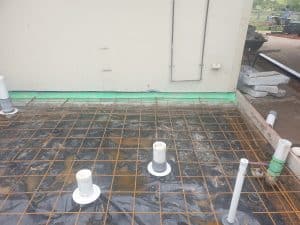
Before the slab is poured all pipes or penetrations coming through the concrete need to be protected and most use pipe collars. With the old chemical underslab sprays they had a chemical life. So once it expires your home is no longer protected from underneath and a lot of homes get termite attacks through this area. This has been the best thing since sliced bread when it comes to termite protection as long as you have no major cracking of the slab..
The Perimeter Protection.
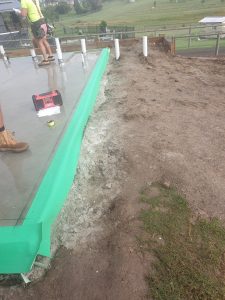
After the concrete has been poured and set , the perimeter is then protected in this case slab on ground construction. The brick work is placed on top of the physical system and it is as simple as that.. but remember this part of the system DOES NOT STOP TERMITES from entering from the external parts of the home , these systems are designed to make termites breach the system making them visible before entering the building and that’s where the Termite inspection zone plays a major part in protecting your home. The inspection zone is 75mm from the top of the system to the ground or exposed slab edge.
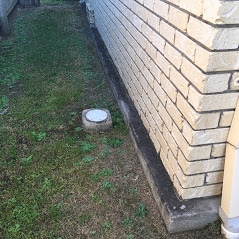
This is very important to keep clear so do not put Gardens over these areas and if you get new paving or concrete make sure the landscapers know to keep this clear as this is the most common obstruction we see.
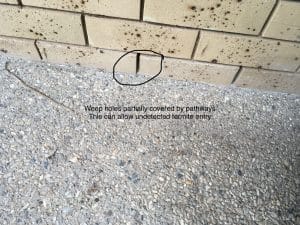
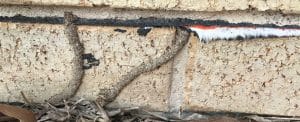
Protecting joining concrete slabs (cold Joints ).
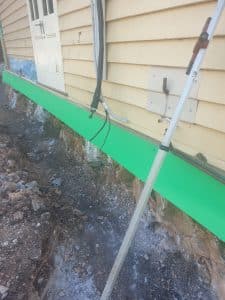
Renovating or building in underneath your home.
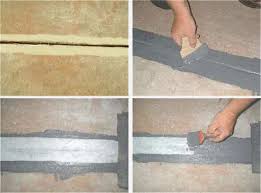
This is a major area of concern in highset homes. The area underneath is ideal for adding extra living space and a lot of homes don’t get protected before any walls get put up. It has become a big problem as we see termites gain access to homes through these joins so they must be protected before any building starts. If you are planning any renos to bathrooms etc give us a call and we can protect your home from future termite attacks ..
Warranties.
To keep the warranty active on your barrier, the manufacturers requires you to have an annual Termite Inspection completed on the house. These inspections are to identify any possible conditions that can effect or breach the barrier. Not doing this will void your warranty. The Inspections should cost between $180 – $250 depending on the size of your house. Even the CSIRO recommends at least one Termite inspection a year .
What are the ongoing costs?
With a Chemical Termite Barrier or Physical system, the yearly inspection is the only real ongoing cost as there is usually no maintenance involved.
With the Baiting System. It requires a licensed termite tech to come out and check each station multiple times over the year. Yearly costs of a baiting system can range from $660 to $1350 depending on the size of the system. Which includes your yearly inspection. Another benefit is that your home is constantly monitored for white ant activity.
If you’re not worried about any offered warranty then you can go “self monitored” for the baiting ( not Recommended ). This is a an option especially once the termite activity has ceased and it’s after the first 12 months.
Not recommended.
If you’re not worried about any offered warranty then you can go “self monitored”. Check the stations once a month and call the pest control company out to treat active termites or replenish the stations. This is a popular option especially once the termite activity has been stopped and it’s after the first 12 months. But please be aware your warranty will be voided.
No matter what termite management system you have , it’s important and recommended to have an annual termite inspections.
Which Termite Barrier is better?
So what is the best? Termite Baiting System – Chemical Termite Barrier – Physical system. All systems are effective and it comes down to what is best suited to the property. We recommend a combination in some cases . Each of these termite management systems are effective when installed to manufacturer’s standards. When it comes to termites we can’t be complacent. We offer free onsite quotes and advice so give us a call on +61 0732008586 0r 1800862683
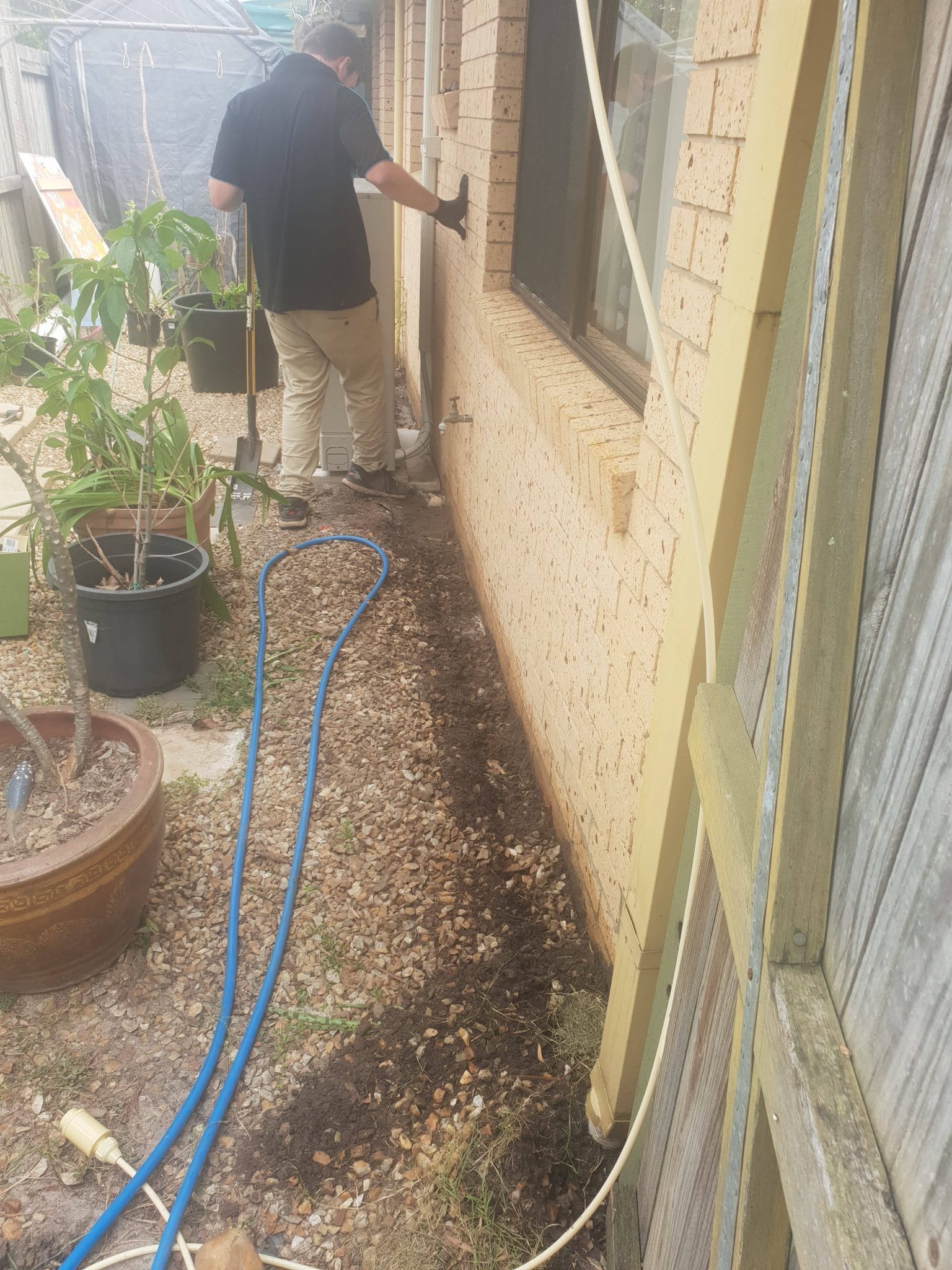
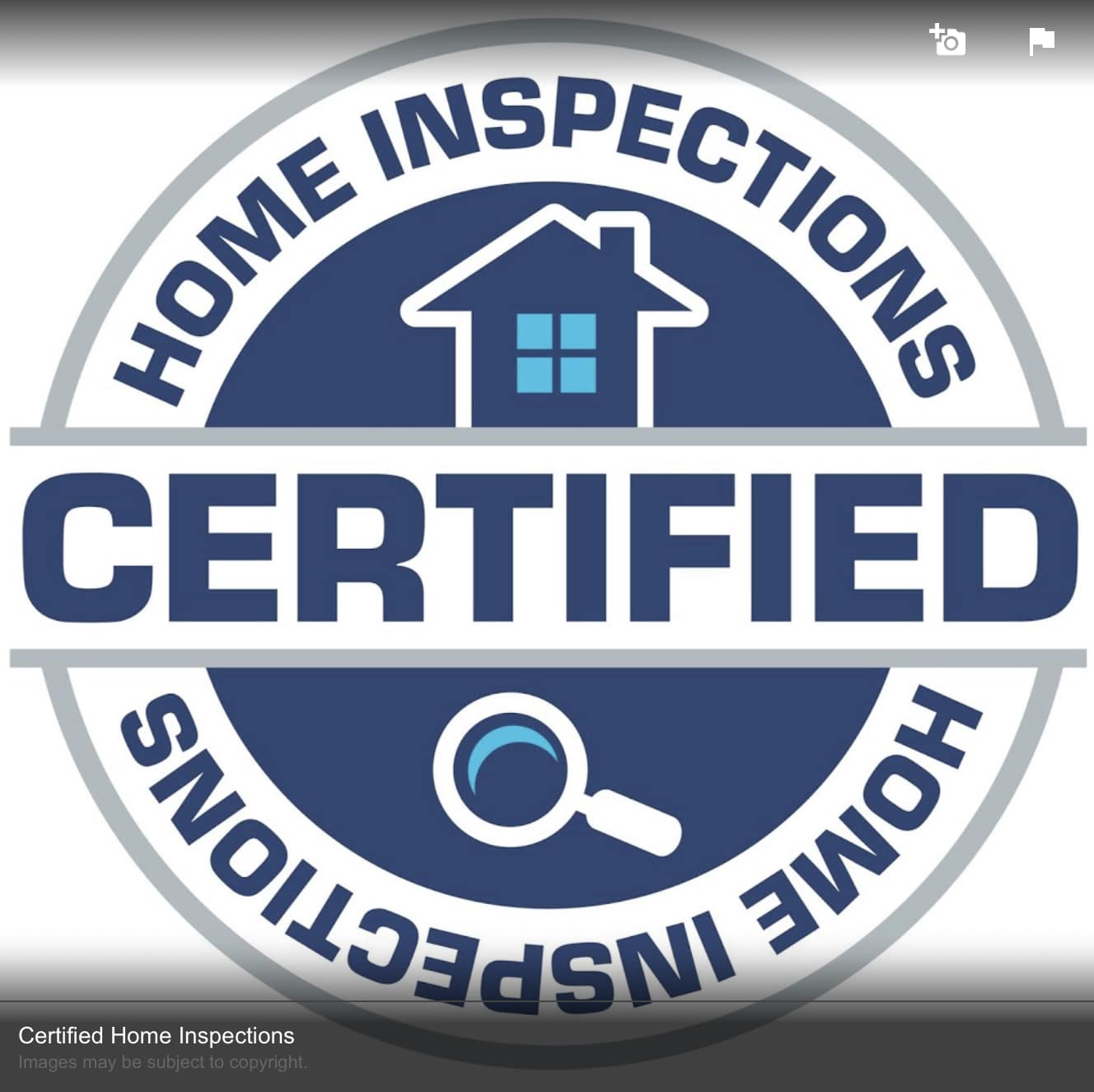

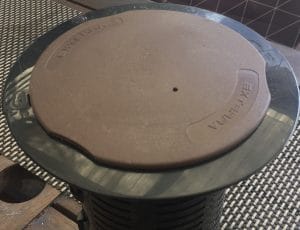
Leave a Reply